
 People driven off their land in Kenya began returning home on Monday. (Guillaume Bonn for The New York Times)
People driven off their land in Kenya began returning home on Monday. (Guillaume Bonn for The New York Times)MOLO, Kenya May 6th. (NY Times) — The bus was full. Expectant faces pressed against the windows. Soldiers stood guard with their guns. Kenya began an operation on Monday to resettle people displaced after the crisis that followed December’s disputed election. Molo is emblematic of the ethnic fighting that erupted after the election, in which more than 1,000 people were killed. It was time to go home. “I’m ready,” said Dominick Ngigi, an 80-year-old farmer, stoically clutching a plastic bag with no more in it than a sweater and a flashlight. For the first time since Kenya’s disputed election erupted in crisis in December, the government has started a large-scale operation to resettle thousands of people violently driven off their land. Many have been living in squalid, wet camps that turned into breeding grounds for disease, crime, idleness and frustration. They have been languishing for more than four months, since the disputed election set off a wave of ethnic and political bloodshed that pitted neighbor against neighbor and drove upward of 600,000 people from their homes. More than 1,000 people were killed, and Kenya, once celebrated for its stability and relative harmony in a tumultuous region, ripped apart along ethnic lines.
Operation Rudi Nyumbani (Operation Return Home), which began in full on Monday, was all about stitching the country back together. Packed buses with heavily armed soldiers in tow rumbled across a scarred landscape, past homes with roofs burned off, past trees downed in January to block roads, past the very spots where farmers, laborers, mothers and children were killed by machetes, arrows and fire. The buses disgorged the occupants into familiar settings, but now with a strange dynamic: new arrivals in their old homes. “I feel lucky to be back,” said Meshak Njata, a farmer, as he inspected a few baby pineapples in his weed-choked garden.
Still, not everyone felt that way. At one camp in Molo, a large town in the Rift Valley where much of the fighting occurred, a mini-protest broke out Monday morning when hundreds of displaced people refused to leave. Peter Ngoge, a shopkeeper, shook a piece of notebook paper listing several demands. He spoke for many, as evidenced by the feisty crowd behind him, when he said he would not leave the camp until the government improved security and paid compensation to those displaced. “There’s no peace out there,” he said. “What do you think is going to happen?” a man in a grubby sweater next to him asked. “They will kill us.”
Molo is emblematic of the us-versus-them problem still festering in Kenya. The town is nestled in a breathtaking sweep of rolling hills and impossibly green farmland. But it lies on a fault line between the Kalenjin and the Kikuyu, two powerful ethnic groups that battled viciously after the election. The Kalenjin mainly supported the opposition, and the Kikuyu mainly supported the government, which is led by president Mwai Kibaki, a Kikuyu. Most of the families driven off their land were Kikuyus. Kenya’s leaders face a growing economic and food crisis, and they decided that, ethnic tensions aside, now is not the time for miles of productive farmland to go to waste. As part of Operation Rudi Nyumbani, the government is promising food, tools, new houses and even cash for those who return to their farms. To make its plan work, the government has said, there must be genuine ethnic reconciliation. Over the past several weeks, local administrators have held meetings, seminars and soccer games to build trust between the Kikuyu and Kalenjin. “It’s a process,” said Katee Mwanza, Molo’s district commissioner.
And that process may be bearing fruit. Some Kalenjin elders, who just a few months ago had insisted that Kikuyus leave the Rift Valley, came to the Molo police station on Monday to welcome the Kikuyus back home. “The war’s over,” said Samuel Kirui, a Kalenjin elder. The change of heart came, he said, because “our leaders have agreed to work together, so why can’t we?” But are the leaders really working together? Mr. Kibaki, who was declared the winner of the election despite widespread evidence of vote rigging, finally named a unity government in April, appointing his top rival, Raila Odinga, as prime minister. But the government’s first joint exercise, a tour of the turbulent Rift Valley, was marred by protocol wars centering on who was more senior, Mr. Odinga or Kalonzo Musyoka, the vice president and a Kibaki ally. Those squabbles frustrated many Kenyans, especially at a time when the country is still suffering from self-inflicted wounds. The election crisis has crippled the safari business, one of Kenya’s biggest industries, with recent figures showing tourism down more than 50 percent. Inflation is shooting up, and jail guards recently held a violent strike. Teachers and nurses have threatened to follow suit. Yet the president’s cabinet is bigger than ever, with more than 90 ministers and assistant ministers and a record-breaking budget.
Meanwhile, many displaced people are returning to nothing. “No cows, no sheep, no house, no corn,” said Mr. Ngigi, the farmer, as he got ready to board a bus. “All that is bad. But life in a camp is worse.”
by Jeffrey Gettleman
+++++++++++++++++++++++++++++++++++++++++++++++++++
Disclaimer
No responsibility or liability shall attach itself to either myself or to the blogspot ‘Mozlink’ for any or all of the articles/images placed here. The placing of an article does not necessarily imply that I agree or accept the contents of the article as being necessarily factual in theology, dogma or otherwise.
Mozlink



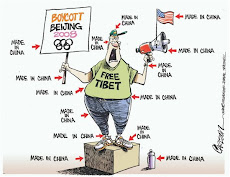
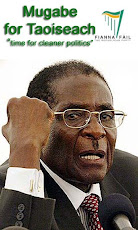












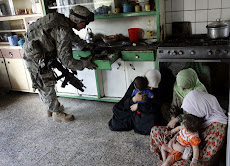






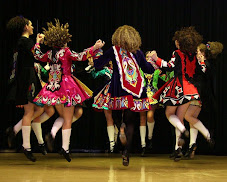
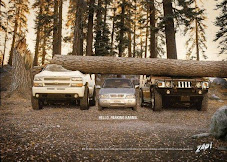

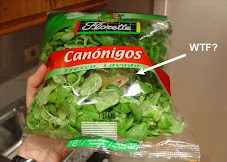
























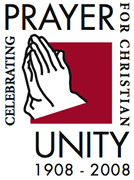
No comments:
Post a Comment